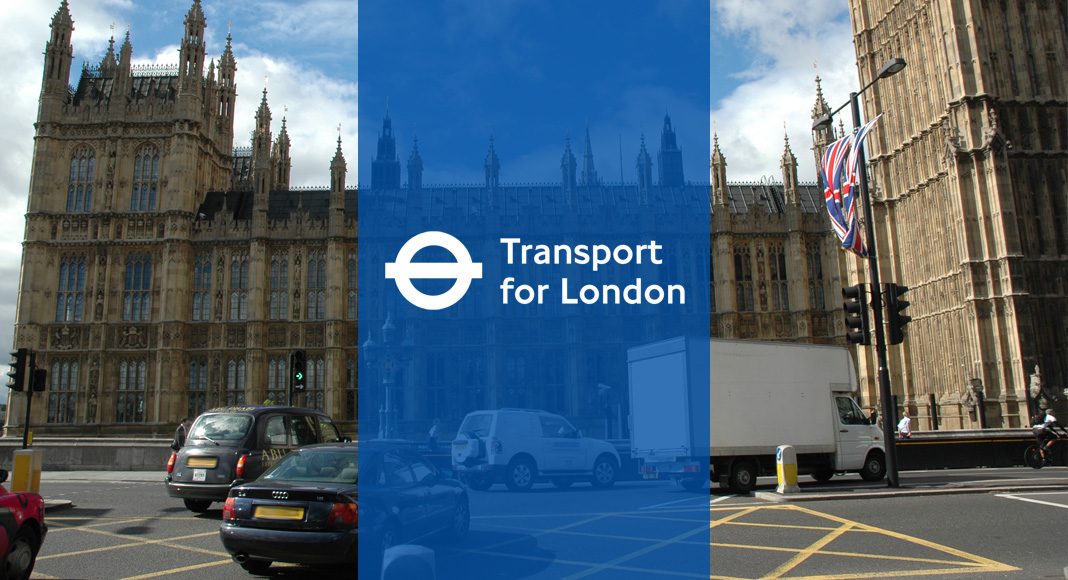The Freight Transport Association (FTA) is advising operators to prepare early for Transport for London’s Safer Lorry Scheme which goes live on 1 September.
The scheme will require almost all HGVs operating in the city to be fitted with additional mirrors and sideguards – but the new regulations are exceptionally precise and FTA says expert help might be needed to get it right.
FTA’s Head of Engineering, Andy Mair said: “Dimension and installation requirements are extremely complex and operators who have to retro-fit their trucks to comply with the scheme need to be confident that sideguards have been put on correctly.
“As these vehicles are exempt from existing construction regulations, they will not be checked as part of the annual testing examination and operators may only realise that they have incorrectly installed sideguards following enforcement action and fines under the new Safer Lorry Scheme.”
The scheme will operate 24 hours a day, seven days a week, and will require all vehicles over 3.5 tonnes to be fitted with sideguards and kerb view and front mirrors. The enforcement area is the entire London Low Emission Zone and operators breaching the rules face £50 fixed penalties or £1,000 court fines.
The scheme will be enforced by the police, the Driver and Vehicle Standards Agency and the joint DfT/TfL-funded Industrial HGV Taskforce. Those who don’t comply will be referred for investigation by the relevant Traffic Commissioner.
FTA’s Member Advice Centre has already received many calls about the new regulations from operators who want to ensure their vehicles are compliant and check which ones are exempt.
Andy said: “FTA strongly advises operators to check their vehicle types against the exempted vehicle list on TfL’s website, and if they have vehicles which require sideguards and mirrors to be fitted, ensure they have these correctly installed.
“To be assured that the safety devices have been installed to the correct requirements, help is on hand from FTA’s Vehicle Inspection Service engineers who can carry out compliance inspections to ensure the complex fitment requirements are met.”



















